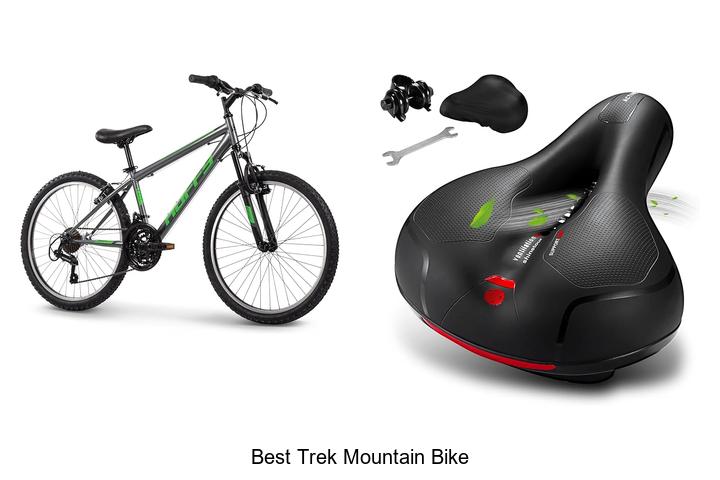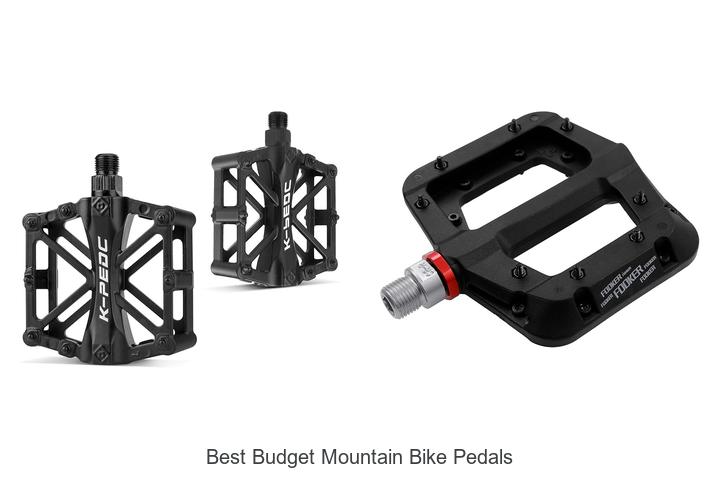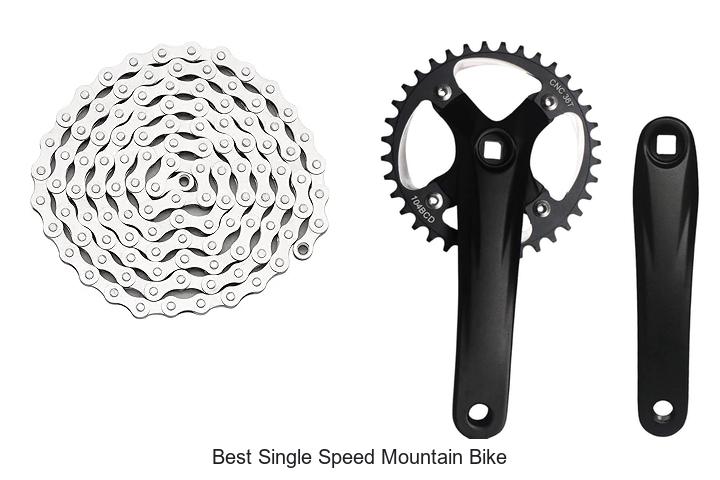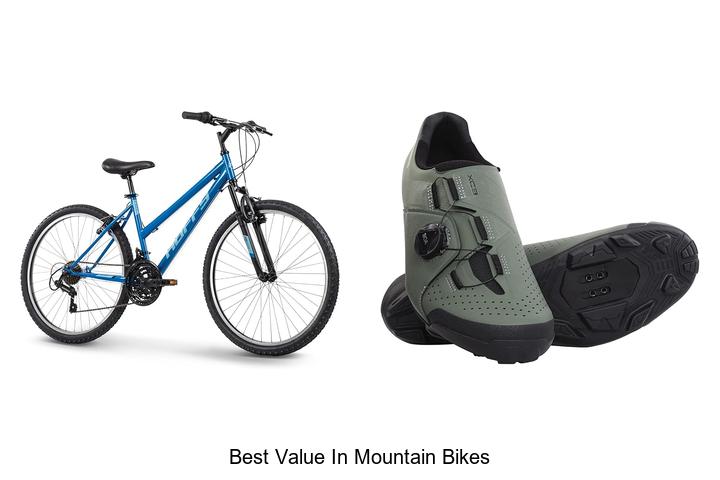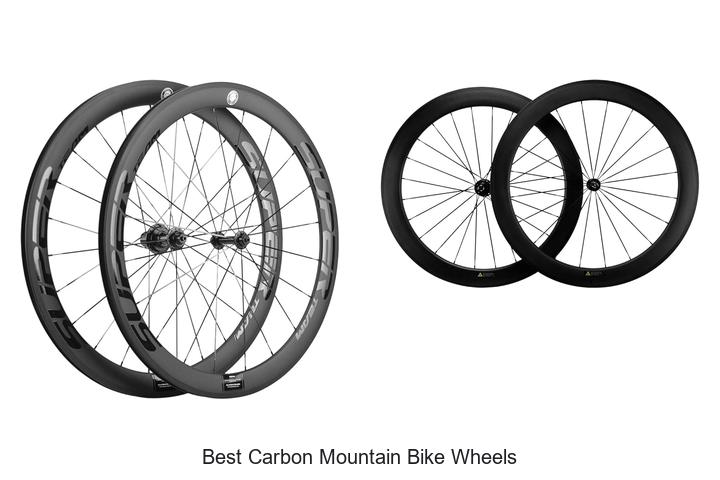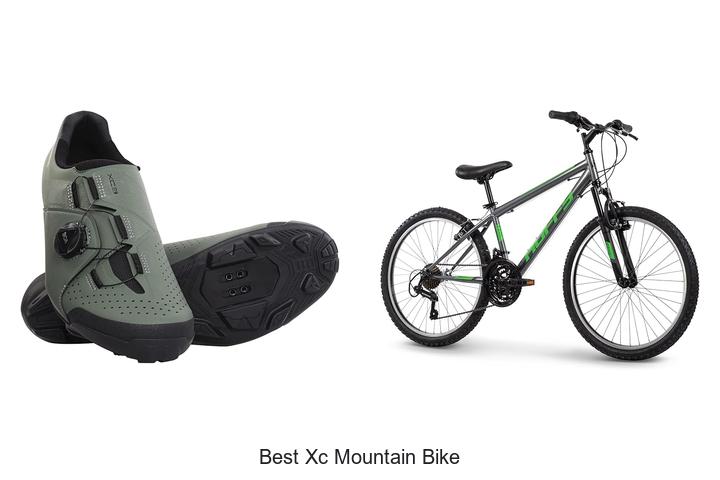How to Measure for a Mountain Bike: Easy Step-by-Step Guide
Key Takeaways
- Proper mountain bike fit maximizes comfort, control, and performance while reducing injury risks on trails.
- Key body measurements include height and inseam length, essential for selecting the correct frame size and standover height.
- Bike-specific measurements like reach and stack impact handling and riding posture, so choose a frame that suits your torso and arm length.
- Use frame size charts as a general guide, but consider personal flexibility, riding style, and bike geometry differences before finalizing your choice.
- Stand-over height clearance and adjustments to saddle, handlebar, and suspension settings are crucial for optimizing fit and ride quality.
- Test ride and fine-tune your fit regularly, making small adjustments based on comfort and trail conditions to enhance your mountain biking experience.
Choosing the right mountain bike starts with getting the perfect fit. If your bike is too big or too small you’ll struggle with control and comfort on the trails. Knowing how to measure yourself and your bike properly sets you up for a better riding experience and helps avoid injuries.
Measuring for a mountain bike isn’t complicated but it does require a few key steps. You’ll need to focus on your height and inseam length to find the frame size that suits you best. With the right measurements you can confidently pick a bike that matches your body and riding style. Let’s dive into how to get those numbers right so you can hit the trails with confidence.
Understanding the Importance of Proper Mountain Bike Fit
A proper mountain bike fit enhances your control, comfort, and overall performance on the trails. It reduces the risk of injury by ensuring your body aligns well with the bike’s geometry. Incorrect sizing may cause discomfort, such as knee pain or back strain, limiting your ride time and enjoyment.
Proper fit improves pedaling efficiency by positioning your hips, knees, and ankles correctly. It also optimizes handling by placing you in a balanced and stable posture. You gain confidence navigating technical terrain, steep climbs, and descents when your bike matches your body dimensions.
Comfort directly impacts endurance during long rides. A well-fitted bike reduces hotspots and pressure points on your hands, feet, and saddle area. You maintain focus and reaction speed by minimizing distractions from discomfort.
Your riding style influences fit priorities. For aggressive downhill riders, a longer reach and lower standover height increase stability and maneuverability. Cross-country riders benefit from a more upright posture and lighter frame for efficiency.
Measuring yourself accurately, including height, inseam, arm length, and torso length, supports choosing a bike size that complements your proportions. Frame size charts from reliable manufacturers provide guidance but should consider your flexibility and riding preferences.
You increase ride satisfaction by investing time in proper fit assessment. Customizing saddle height, handlebar position, and stem length further refines your setup for peak performance. Prioritizing fit transforms your mountain biking experience.
Key Measurements for Mountain Bikes
Accurate measurements guide you in choosing a mountain bike that fits your body and riding style. Focus on inseam length, overall height, and bike-specific metrics like reach and stack.
Measuring Your Inseam Length
Measure your inseam by standing barefoot with your feet 6 to 8 inches apart. Place a book or flat object snugly between your legs, pressing it upward to simulate a bike saddle. Measure from the floor to the top of the object using a tape measure. Record this length in inches or centimeters to determine the appropriate frame size and standover height.
Determining Your Height
Stand straight against a wall without shoes, aligning your heels, back, and shoulders with the wall. Use a flat object to mark the top of your head precisely. Measure from the floor to the mark and note your height. Use this measurement alongside inseam length to narrow down suitable frame sizes and bike types.
Calculating Reach and Stack
Reach measures the horizontal distance from the center of the bottom bracket to the top center of the head tube. Stack measures the vertical distance between these points. You can find these values in bike geometries or measure them directly. Prioritize reach for handling and comfort, while stack affects riding posture and control. Select a bike with reach and stack dimensions that complement your torso and arm length for optimized fit and performance.
How to Measure Your Mountain Bike Frame Size
Measuring your mountain bike frame size ensures a safer and more comfortable ride. Accurate measurements match your body’s proportions to the bike’s geometry.
Using Stand-Over Height
Stand-over height measures the distance between the ground and the top tube of the bike frame. Use a tape measure to check this by standing over the bike with both feet flat on the ground. The top tube should clear your crotch by 1 to 2 inches (2.5 to 5 cm) for hardtail bikes and 2 to 4 inches (5 to 10 cm) for full suspension bikes. This clearance prevents injuries and improves control when stopping or maneuvering on technical terrain.
Frame Size Charts and Their Limitations
Frame size charts provide general bike sizes based on your height and inseam length, guiding your initial choice. These charts list frame sizes in inches or centimeters, such as 15″, 17″, or 19″. However, they can’t account for personal variations like arm length, torso length, riding style, or bike geometry differences across brands. Use them as a starting point, but combine chart guidance with direct measurements and test rides to find the best-fit frame.
Additional Factors to Consider When Measuring
You must consider more than height and inseam when measuring for a mountain bike. Rider flexibility, riding style, suspension, and tire size influence fit and comfort.
Rider Flexibility and Riding Style
Assess your flexibility and preferred riding style to refine your bike fit. Riders with greater flexibility can handle more aggressive geometries with lower stack heights and longer reach. Conversely, less flexible riders benefit from a taller stack and shorter reach to maintain comfort and control. Cross-country riders prioritize efficiency and lighter frames with a snug fit, while downhill riders prefer a roomier fit for stability and better shock absorption. Adjust your fit based on your flexibility and how you ride to avoid discomfort and optimize performance.
Suspension and Tire Size Impact
Account for suspension type and tire size when measuring for fit. Full suspension bikes require increased standover clearance due to their rear shock and frame design. Hardtail bikes need less clearance but still demand proper measurement. Larger tire sizes, like 29-inch wheels, raise the bike’s overall height and affect handling. Smaller wheels, such as 27.5-inch, lower the center of gravity and may change frame geometry perceptions. Factor in suspension travel and tire dimensions to ensure the frame size accommodates your setup without compromising control or comfort.
Tips for Trying Out and Adjusting Mountain Bike Fit
Test your mountain bike fit by taking short rides on varied terrain to assess comfort and control. Adjust saddle height so your leg extends nearly fully at the bottom of the pedal stroke, or else pedaling efficiency and knee health suffer. Position the saddle fore-aft to place your knee roughly over the pedal axle when pedals are horizontal, improving power transfer.
Check handlebar height and reach to avoid strain. Raise handlebars if you feel excessive pressure on your wrists or lower back, or lower them to improve aerodynamics if your flexibility allows. Adjust stem length to ensure you aren’t stretched too far forward, which compromises handling and comfort.
Fine-tune suspension settings based on your weight, riding style, and trail conditions. Set sag to 25-30% of total travel for balanced performance unless you prefer a firmer or softer feel. Inspect tire pressure regularly, starting with manufacturer recommendations, then adjust for grip and rolling resistance suited to your ride environment.
Use clipless pedals if you want consistent foot positioning, while flat pedals offer ease of entry and exit during technical sections. Test different pedal types during rides to find what suits your technique and trail demands.
Remember, small changes can significantly impact ride quality. Reassess your fit after several rides and adjust as needed, especially if you change your riding style or discover discomfort. Prioritize gradual tweaks over large adjustments to maintain stability and confidence on the trails.
Conclusion
Choosing the right mountain bike fit is key to unlocking your full potential on the trails. When your bike matches your body and riding style, you’ll experience better control, increased comfort, and reduced risk of injury.
Remember that fit isn’t just about frame size—it’s about fine-tuning every aspect from saddle height to handlebar reach. Taking the time to measure accurately and test ride will pay off in improved performance and enjoyment.
Keep adjusting your setup as you gain experience and your riding preferences evolve. That way, every ride feels confident, efficient, and comfortable.
